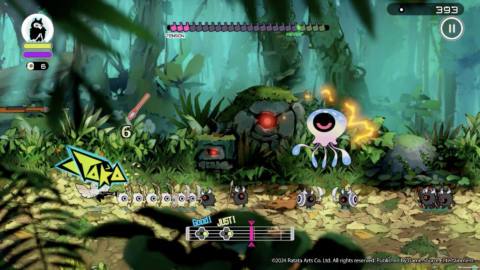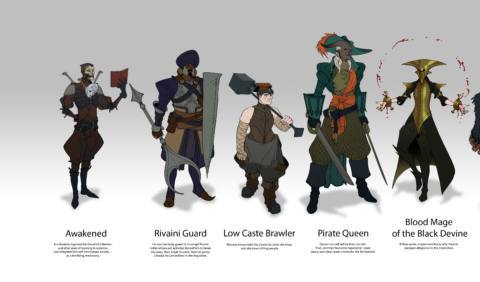Looking back on Valve's record of repeated hits and the fact that most of us are playing our PC games under Steam's monolithic shadow, it's tempting to think that this was the only way history could've gone. But according to Monica Harrington, Valve's chief marketing strategist in its early years and then wife of studio co-founder Mike Harrington, we only barely avoided a world where Half-Life left Valve in ruins, and we've got her work to thank for it.
I spoke to Harrington over email after reading “The Early Days of Valve from a Woman Inside,” a memoir she published on Medium in August detailing how she transitioned from managing a Microsoft marketing portfolio to working alongside her ex-husband and Gabe Newell from Valve's founding through Half-Life's release. (We've asked Newell for his perspective on these early Valve days, and will update this story if we hear back.) Harrington's recollections detail Valve's early struggles with publisher Sierra On-Line from the viewpoint of an overlooked figure in the studio's history, revealing how its mythologized successes were anything but guaranteed.
As Harrington tells it, Valve was in a precarious place in 1998. Half-Life's launch wasn't just Valve's first release—it was a matter of studio survival. While Half-Life's reveal demos were a hit at E3 1997, internal demos over the following summer were only producing lukewarm responses from playtesters. Meanwhile, the money that the Harringtons and Newell had invested in their fledgling studio had been swallowed by the ever-rising costs of game development, with Half-Life's production kept afloat by a loan Newell had taken against Valve's future profits.
“If Valve shipped the game we had, it would launch and quietly disappear, and all of the work we'd all done would account for nothing,” Harrington wrote on Medium. “All of the people we'd hired would lose their jobs, we'd lose the money we'd invested. It was a disaster.”
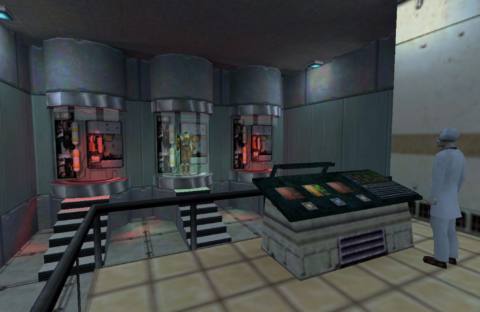
Knowing it was a life or death bet, Valve had made the call to scrap its work and start building a better Half-Life. Sierra, however, didn't give its blessing. As Valve started on the year-long gamble of overhauling Half-Life, it was doing it without any additional publisher funding.
It's easy to say in hindsight that it was the right call. Half-Life released in November of 1998. By year's end, it had started its over 50 Game of the Year awards. And thanks to Harrington's marketing strategy, the credit was all going to Valve—not to Sierra. From early in Half-Life's development, knowing it'd be the foundations for Valve's future, Harrington says she had worked to ensure that if it proved a hit, it'd be Half-Life's developers being celebrated, not its publisher.
In the run-up to Half-Life's release, Harrington's marketing strategy focused on sowing the seeds of Valve's reputation with industry peers and press, writing and distributing background pieces on Valve's developers as they attended conferences to talk about the tech they were advancing in AI, physics, and animation. And that work paid off: “Shortly before Christmas, the Wall St. Journal article came out with the headline, 'Valve's Storytelling Game is a Hit,'” Harrington wrote on Medium. “In the article, Sierra as our publisher was never mentioned.”
Despite that critical praise, however, there's a world in which Half-Life didn't become the landmark success we remember it as today. According to Harrington, that timeline had been a lot more likely than we might expect. As Harrington began the new year planning Half-Life's ongoing retail strategy, Sierra delivered grim news: They were washing their hands of Half-Life. “Essentially their message to us was 'thank you, the game's done great, we're moving on,'” Harrington said. “Their marketing at the time amounted to Launch and Leave, whereas we were trying to market a franchise-worthy game that we could build on for years to come.”
Games sales were a different beast in the late '90s. Without traditional advertising and retail presence, a game could've easily been left dead in the water. If Sierra pulled out of Half-Life marketing, Valve would've been doomed, Harrington told me. “There's an alternate universe where Half-Life disappeared after release simply because it wasn't being stocked or supported in the retail channel. If Half-Life failed in the marketplace, the company would not have survived,” she said. “And that almost happened because Sierra had no idea how to handle a hit of Half-Life's potential magnitude.”
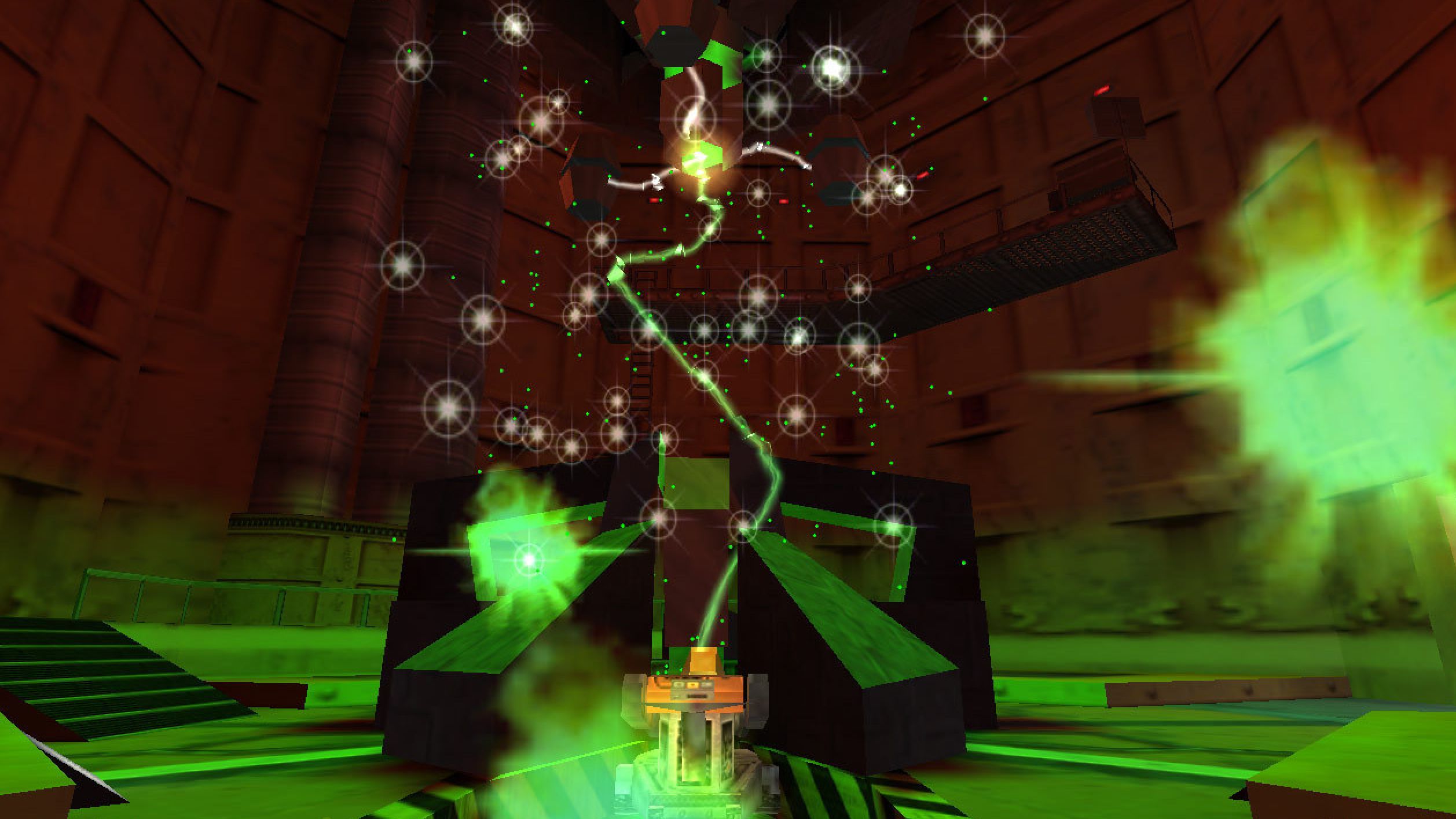
Harrington, meanwhile, had no intention of wasting Half-Life's momentum, and she had the expertise to capitalize on it. “Because of my previous role at Microsoft, I did know how to maximize Half-Life's potential in the marketplace and I was ready to go and also very ready to use the leverage we had to make sure Sierra delivered on its responsibilities,” she said. “It's what we owed to the Valve team and also to the gamers who were already falling in love with the game.”
Harrington says that, in the same meeting during which Sierra said it was pulling out, she told the publisher that if it didn't double down on Half-Life marketing, Valve would “walk away from our agreement and tell the industry that had fallen in love with Valve how screwed up Sierra really was.” The result was Half-Life's Game of the Year box, one of the earliest examples of a retail tactic so potent that triple-A releases are still emulating it today.
Half-Life sales started rising, but Valve's outlook was still dire. The publishing agreement it'd signed meant Sierra owned the Half-Life IP and had exclusive rights to publish Valve's next games. Meanwhile, even as game development costs rose steadily into the millions, the publishing agreement meant Valve would get an advance of $1 million for each game's development, and only earn 15% of sales royalties.
“All I could see was Valve swimming in red ink for years to come,” Harrington said on Medium.
To carve a way out from under the Sierra deal, Harrington says she helped formulate a strategy that allowed Valve to deliver an ultimatum: If Sierra didn't renegotiate the agreement's terms, Valve would simply stop developing games entirely and shift to other software development.
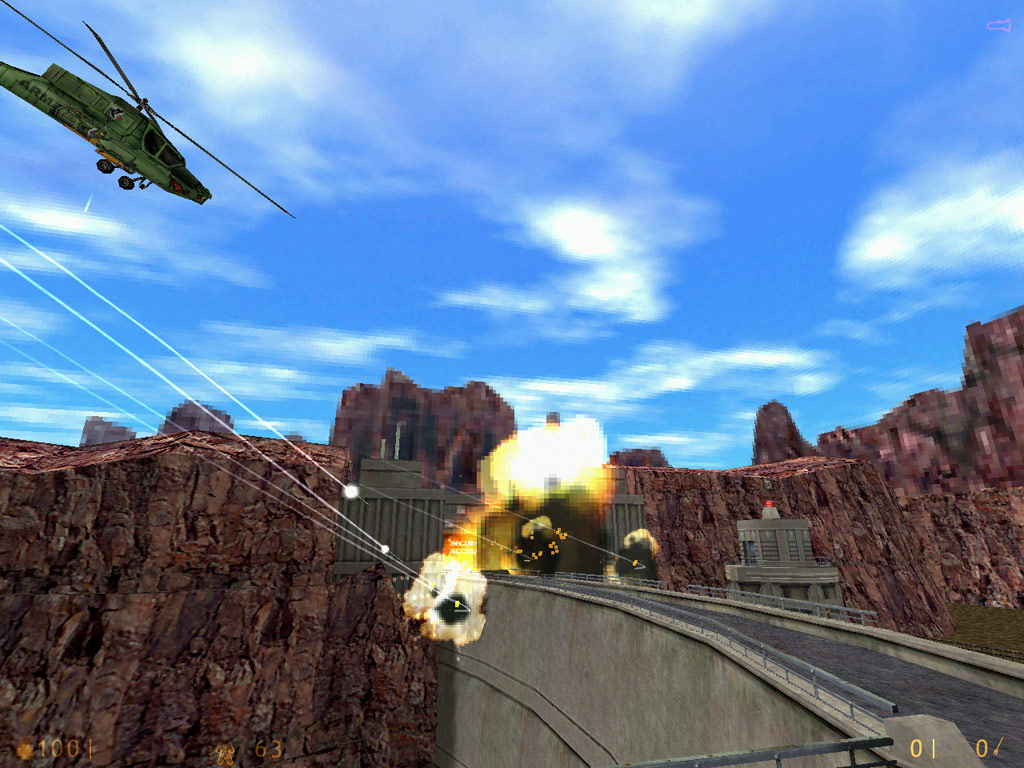
“Since Gabe and Mike had a ton of experience in other facets of software development, the threat was not idle,” Harrington said, and from her marketing experience running initial campaigns for products like Expedia at Microsoft, she “knew a lot about how to scope and size the online opportunity for a completely new category.”
She just needed to give their words some weight, which she found by securing a partnership offer for building an online entertainment platform with a little company called Amazon—a proposal for a “made-for-the-medium” digital games storefront that sounds a lot like what Steam would eventually become. Armed with the Amazon offer earned by Harrington's gambit, Valve returned to the negotiating table with proof of its capability to pursue alternate software development that Sierra wouldn't see a penny of, bolstered by a development reputation that Harrington had helped cement.
Valve successfully amended its publishing agreement with Sierra in 2001, gaining control of the Half-Life IP and online distribution rights for its own games. Without that renegotiation, Half-Life 2 might never have happened—no Steam, no Portal, no TF2. Without Harrington's work, PC gaming might be unrecognizable to us today.
Of course, Valve's legacy isn't entirely rosy. After all, Yanis Varoufakis, Valve's former economist-in-residence, says it's responsible for ushering in our current “technofeudalist” hellscape. Harrington, though, said over email that her work to help secure Valve's future was motivated by “an extraordinary sense of responsibility to the people we hired.”
When the studio was founded, Harrington said, “the ethos at Valve was to hire only the people you actually wanted to work with and then set them free to do what they did best.” Securing Valve's rights to the work it did was an effort to make good on that ethos.
“I knew that while Sierra might claim the IP rights, it could never claim that it made Half-Life,” Harrington said. “So yes, I felt that pressure in an extraordinary way, and it's part of what fueled me to begin the legal fight for the Half-Life IP and to do what I could to help set Valve up for long-term success.”




